#Australia and Oceania
Photo

Bondi Beach, Sydney, Australia | (courtesy of Google Maps via GeoGuessr)
2 notes
·
View notes
Text
Currencies of Australia and Oceania

There are various Currencies of Australia and Oceania which are used in different countries of the entire landmass. The overall public currencies in this locale are the Australian dollar, the New Zealand dollar and the US dollar, required by various little countries and ward districts in Oceania. There is moreover the CFP franc, which is accessible for use in the French abroad locales. The most-traded among the local currencies is seen as the Australian dollar, having the fifth spot by the turnover in the overall forex market, and the New Zealand dollar, which is associated with the top 12.
https://flagzworld.wordpress.com/2022/11/09/currencies-of-australia-and-oceania/
0 notes
Text

A barn owl (Tyto alba) perches in the trees in Stirling Ranges, Western Australia
by John Anderson
#barn owl#owls#raptors#birds#tyto alba#tyto#tytonidae#strigiformes#aves#chordata#wildlife: australia#wildlife: oceania
4K notes
·
View notes
Text

Dharumbal woman, Ollie, Australia, by Trent White
#dharumbal#australia#oceania#folk clothing#traditional clothing#traditional fashion#cultural clothing
458 notes
·
View notes
Text
Please reblog for a bigger sample size!
If you have any fun fact about Australia, please tell us and I'll reblog it!
Be respectful in your comments. You can criticize a government without offending its people.
763 notes
·
View notes
Photo
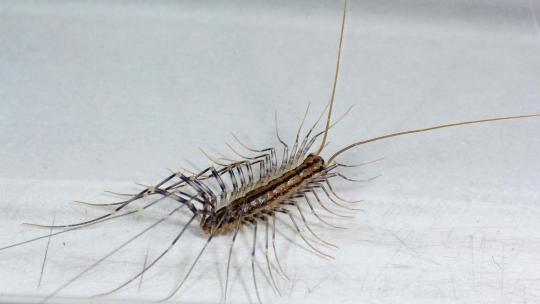
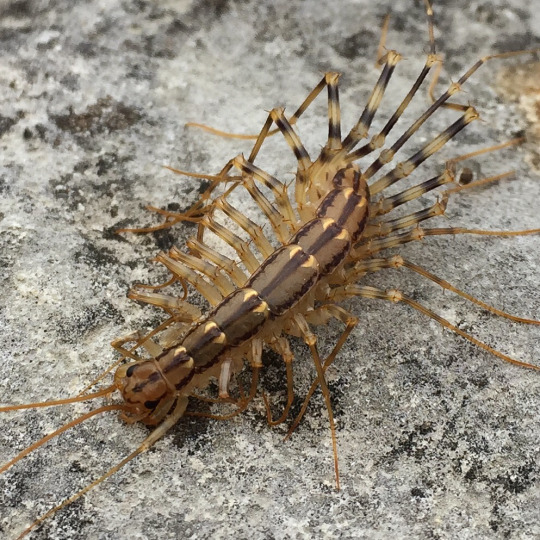
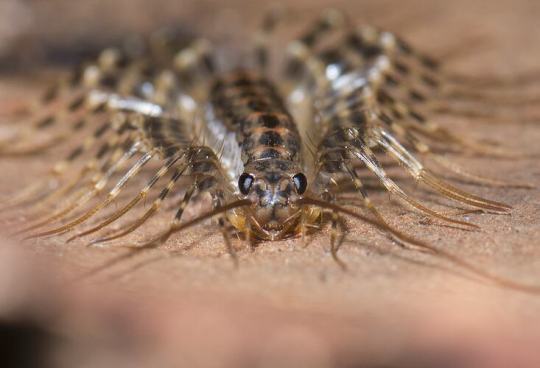
Open Your Home to the Common House Centipede
A common sight in homes throughout Europe, Asia, the Americas, and Australia the common house centipede (Scutigera coleoptrata) is a medium-sized species of centipede originally from the Mediterranean. In the wild, they prefer grasslands and deciduous forests where they can hide under rocks, logs, or leaf litter. These insects have also adapted well to urban development, and are frequently found in basements, bathrooms, and garages, as well as gardens and compost piles.
Like other centipedes, the common house centipede has less than 100 legs; in fact, they only have 15 pairs, with the front pair used only for holding prey or fending off threats. All those legs let the common house centipede move up to 0.4 meters per second (1.3 ft/s) over a variety of surfaces, including walls and ceilings. The actual body of S. coleoptrata is only 25 to 35 mm (1.0 to 1.4 in) long, but the antennae are often as long as the body which can give this insect a much larger appearance. However, they can be hard to spot, especially in their natural environments; their tan and dark brown coloration allows them to blend in seamlessly to surrounding vegetation.
Though they pose little threat to humans, house centipedes are predatory. Their primary food source is other arthropods, including cockroaches, silverfish, bed bugs, ticks, ants, and insect larvae. S. coleoptrata is a nocturnal hunter, and uses its long antennae to track scents and tactile information. Their compound eyes, unusual for centipede species, can distinguish daylight and ultraviolet light but is generally used as a secondary sensory organ. When they do find prey, house centipedes inject a venom which can be lethal in smaller organisms, but is largely harmless to larger animals. This makes them important pest controllers. In the wild, house centipedes are the common prey of rodents, amphibians, birds, and other insects.
The mating season for S. coleoptrata begins in the spring, when males and females release pheromones that they can use to find each other. Once located, the male spins a silk pad in which he places his sperm for the female to collect. She then lays fertilized eggs in warm, moist soil in clutches of 60-150. These eggs incubate for about a month, and the young emerge with only four pairs of legs. Over the next three years, juvenile house centipedes molt 7 times, each time gaining new pairs of legs. After they grow their last pair of legs, immature house centipedes molt an additional 3 times, at which time they become sexually mature. If they can avoid predation, individuals can live up to 7 years in the wild.
Conservation status: The common house centipede has not been evaluated by the IUCN, as it is relatively common both in the wild and in urban areas. Although they have been introduced to areas outside their native range, no detrimental environmental effects have been associated with their spread.
If you like what I do, consider leaving a tip or buying me a ko-fi!
Photos
Joseph Berger
David Paul
Conrad Altman via iNaturalist
#common house centipede#Scutigeromorpha#Scutigeridae#centipedes#myriapoda#myriapods#insects#arthropods#deciduous forests#deciduous forest arthropods#grasslands#grassland arthropods#urban fauna#urban arthropods#europe#north america#south america#asia#australia#oceania#animal facts#zoology#biology
621 notes
·
View notes
Text
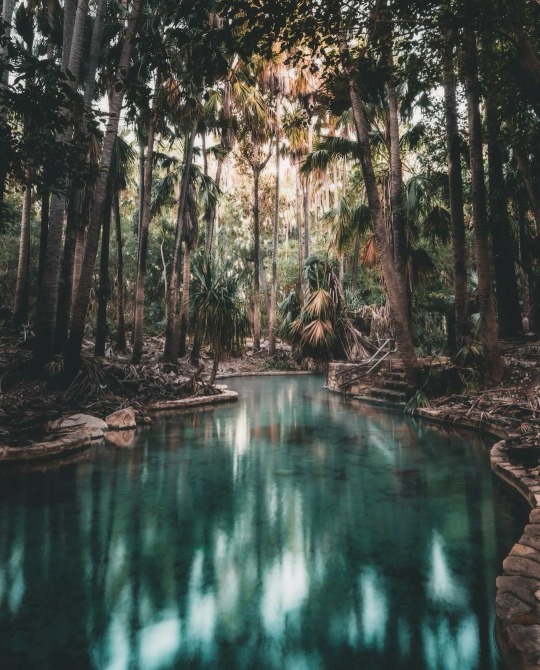
Mataranka Thermal Pools / Australia (by Ben Arzh).
309 notes
·
View notes
Text
ough I didn't know geniuslyrics had so many FEATURES

when mcr played the world is ugly at brisbane night 1, I saw the song in a whole new light. to me this song is a t4t anthem now
#mossy’s musings#image description in alt text#mcr#trans pride#the world is ugly#conventional weapons#my chemical romance#pride month#pride month 2023#trans#transgender#transsexual#transexual#my chem#t4t#conweap#mychem#mcr oceania#mcr australia#mcr brisbane#trans4trans
483 notes
·
View notes
Text
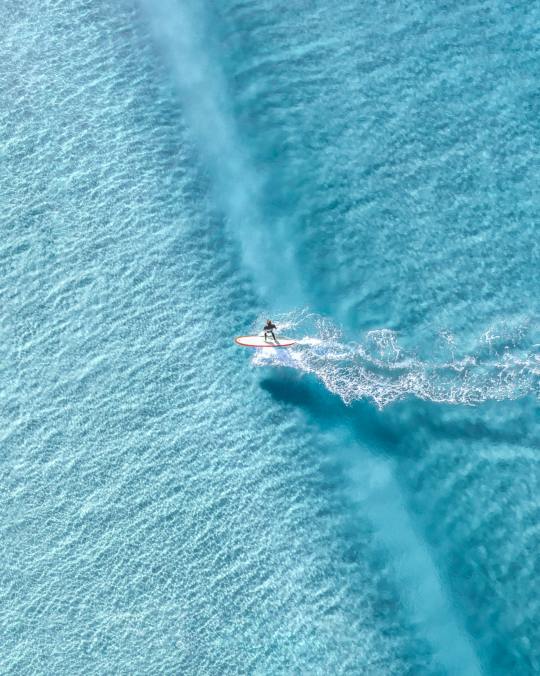
Maroubra, Australia (by Max Lissenden)
See more of Australia.
#maroubra#australia#travel#wanderlust#explore#ocean#ocean view#sea#seascape#waves#ocean waves#blue water#surf#surfing#surfer#surfboard#beach life#oceania#li_destinations#summer
777 notes
·
View notes
Text

.Kaisu.
Katoomba
#Kodak Portra#Kodak#photography#Pentax#Asahi Pentax Spotmatic#film photography#analogue#Katoomba#woods#forest#green#fog#mist#Australia#Oceania#nature#naturecore#landscape#landscapes
55 notes
·
View notes
Photo

Stylish Adelaide, Australia | (courtesy of Google Maps via GeoGuessr)
#Adelaide#Australia#Australia and Oceania#city life#fashion#google streetview fashion#people of google streetview
2 notes
·
View notes
Text
Capitals of Australia and Oceania
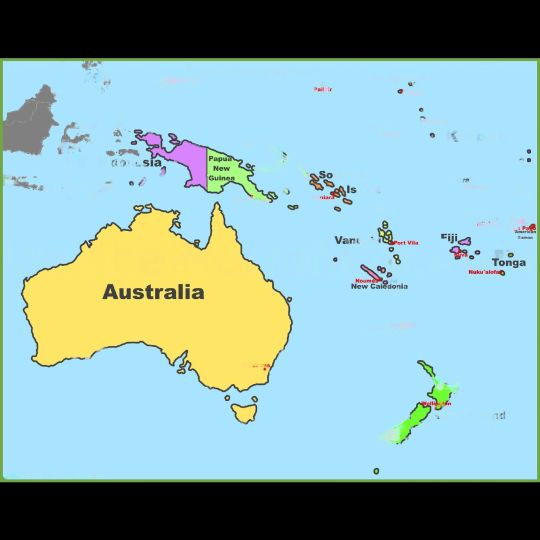
You will find the Capitals of Australia and Oceania with striking society and enormous interest. Among the independent countries here can be perceived Australia and New Zealand having the most raised everyday conditions and monetary level. Enormous quantities of their metropolitan networks, including the capitals Canberra and Wellington, are situated as the best places to dwell on earth. In any case, most voyagers don't pick the capital metropolitan regions for their days off, yet such clamouring spots as Sydney, Melbourne, Auckland, and furthermore a couple of islands of Oceania.
https://demo.sngine.com/blogs/122781/Capitals-of-Australia-and-Oceania
0 notes
Text

A northern spadefoot (Notaden melanoscaphus) in Mornington, Kimberley, WA, Australia
by Melissa Bruton
#northern spadefoot#australian ground frogs#frogs#amphibians#notaden melanoscaphus#notaden#Limnodynastidae#anura#amphibia#chordata#wildlife: australia#wildlife: oceania
424 notes
·
View notes
Text

Aboriginal Australian mother and child, Australia, by Trent White
#aboriginal#australia#oceania#traditional clothing#traditional fashion#cultural clothing#folk clothing
2K notes
·
View notes
Text

S Y D N E Y
157 notes
·
View notes
Text
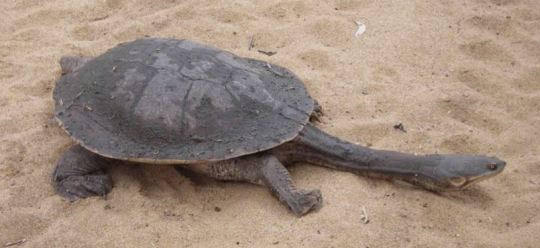
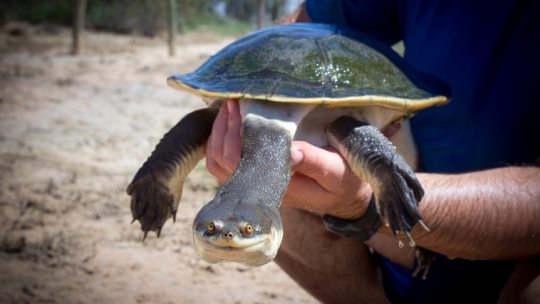

Abroad with the Broad Shelled Turtle
Chelodina expansa, more commonly known as the broad shelled turtle, is one of the largest freshwater turtles in Australia. The length of their shells can reach up to 50 cm (19.6 in), and their neck accounts for an additional 60-80% of their total length. Because of this length, C. expansa tucks its head in sideways as opposed to pulling it directly into its shell. At maximum, females reach a mass of 6 kg (13.2 lbs), while males only typically weigh about 4 kg (8.8 lbs). The top of the shell, or carapace, is dark brown or green, while the underside is a light cream; the same is true for the broad shelled turtle's head, neck, and legs. The feet are webbed, and have large claws which help adults to dig or fend off predators.
While they spend the winter buried in the mud, the broad shelled turtle is most active during the summer months, from November to March. During this time they are almost entirely aquatic, rarely emerging from the water even to bask. This species lives throughout the river basins of eastern Australia, and can be found in rivers, dams, lakes, and wetlands with plenty of vegetation cover. C. expansa is entirely carnivorous, feeding on crustaceans, aquatic insects, fish, and frogs via ambush, and carrion whenever it can find it. To locate prey, they have a keen sense of smell. Adults are not usually predated upon due to their thick shells and sharp claws, but eggs and juveniles are often prey for foxes, dingos, birds, rakalai, and large fish.
C. expansa nests in the winter, beginning in late February or March. Outside the mating season, individuals are generally solitary, but aggressive territoriality has not been observed. When mating time roles around, males seek out females to mate with; following the encounter, the female climbs out onto the bank and digs a nest for a clutch of anywhere from 5 to 28 eggs. To seal the nest, she then slams her body into the re-piled sand and mud, compacting it into a plug that will remain intact until the following year.
Incubation takes about 360 days, though some nests have been recorded as hatching at 500 days; this process is exceptionally slow due to the two periods of diapause, or developmental delays, that embryos pass through in order to survive the winter. Juveniles hatch in the spring, and emerge from the nest at the first heavy rain. It's unknown how long these turtles can live in the wild, but given their slow growth rate and adult invulnerability it's likely that they can live in excess of 20 years.
Conservation status: The IUCN consideres the broad shelled turtle to be Near Threatened, due primarily to habitat loss and high rates of nest predation by introduced foxes.
If you like what I do, consider leaving a tip or buying me a kofi!
Photos
Claire Treilibs
Catherine Heuzenroeder
Shanna Bignell via iNaturalist
#broad shelled turtle#Testudines#Chelidae#snake-necked turtles#Austro-South American side-neck turtles#side-neck turtles#turtles#reptiles#freshwater reptiles#river reptiles#lake reptiles#wetland reptiles#Oceania#Australia#East Australia
252 notes
·
View notes